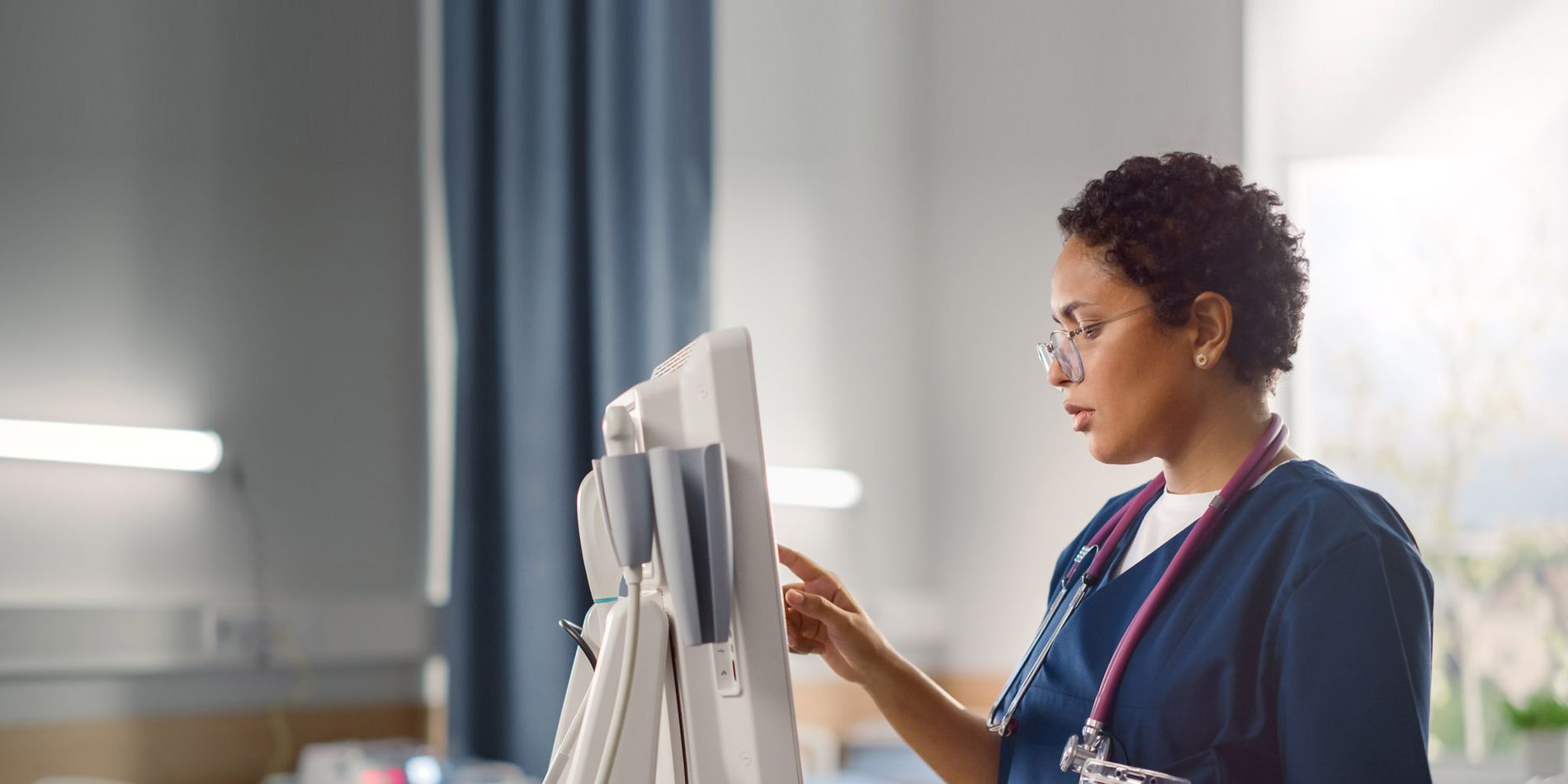Cookie settings

Sensor Fusion for Touch Critical Applications
When accuracy of a touchscreen could mean life or death, why put reliance on just one technology? Whether you’re designing applications for the medical sector, aerospace or other demanding industries, see how technical convergence can provide more reliability than a single technology alone.
Since they first appeared in consumer products at the beginning of the century, touchscreens have become ubiquitous. The huge volumes for LCD displays incorporating projected capacitive sensing (PCAP) have driven the costs of both technologies down, making LCD touchscreens the default technology for the vast majority of applications, both for consumer and industrialized products.
PCAP controllers can be fine-tuned to operate adequately in many difficult environmental conditions where screen contamination may occur, for example become covered with water droplets in outdoor environments or covered in dust on a factory floor. Similarly, they can also be configured to operate with gloved operation, or where electromagnetic interference is present. However, fine-tuning can often result in spurious operations such as ghost touches and other artificial touch activations.
In the majority of consumer applications, an occasional spurious activation can be, and is, tolerated. Conversely, there are applications where an accuracy of > 99.9% touch performance is absolutely required. These so-called ‘mission critical applications’ are often found in medical, aerospace, military, and industrial environments.
So how do application manufacturers improve the accuracy on standard LCD touchscreens in order to comply with highly demanding regulations?
Sensor Fusion
One fast and cost-effective way to improve touch accuracy is to use complementary, but independent, technologies for redundancy. Combing an infrared (IR) overlay using Neonode's zForce technology with PCAP technology can provide touch accuracy of >99.9%.
At Neonode we’ve mastered infrared touch technology. Over the past 20 years, we’ve designed our patented infrared zForce technology as the sole touch input technology into automobiles, printers, e-readers, medical and avionics equipment.
Neonode’s IR touch technology is perfectly suited as a complement to PCAP since it;
Operates in IR vs. PCAP'S capacitive field (no cross-interference whatsoever)
Can sense touch physically above the cover glass and thus above any screen contamination
Can be 100% shielded against EM fields
Easily calibrates to overlay PCAP active touch area
Enables operation in degraded mode, 2 inout mechanisms instead of one
Allows touch with a standard stylus or any non-conductive object
From the Factory Floor to the Hospital Theatre, Results Should Never be Compromized
When working on defence projects we faced some of the most demanding mission critical requirements where customers’ main concerns were to complete the mission no matter what and return to base. Touch redundancy in defence system comes at a significant premium since it requires the design of multiple independent custom touch systems that can also operate with night vision capability.
When discussing use cases with our non-defence customers, it became obvious that infrared touch coexistence with PCAP would improve the performance of touch by using two complementary areas of physics: Infrared and Electromagnetics. We are now involved in a number of projects where technology, particularly touch enabled display, is used to monitor and make decision that may impact people’s lives, production yield, revenue or a medical diagnostic.
Our customers report that our plug and play touch sensor module is easy to integrate and calibrate. In recent projects the feedback has been very positive, where they say that they have been able to perfectly align both the PCAP and IR sensor without difficulties whatsoever.
Learn More
Read more on how Neonode's leading edge technology has been combined with other technology, both old and new, to create advanced products for the automotive, medical, self-service and corporate sectors.
Alternatively, book a meeting to discuss your specific needs.